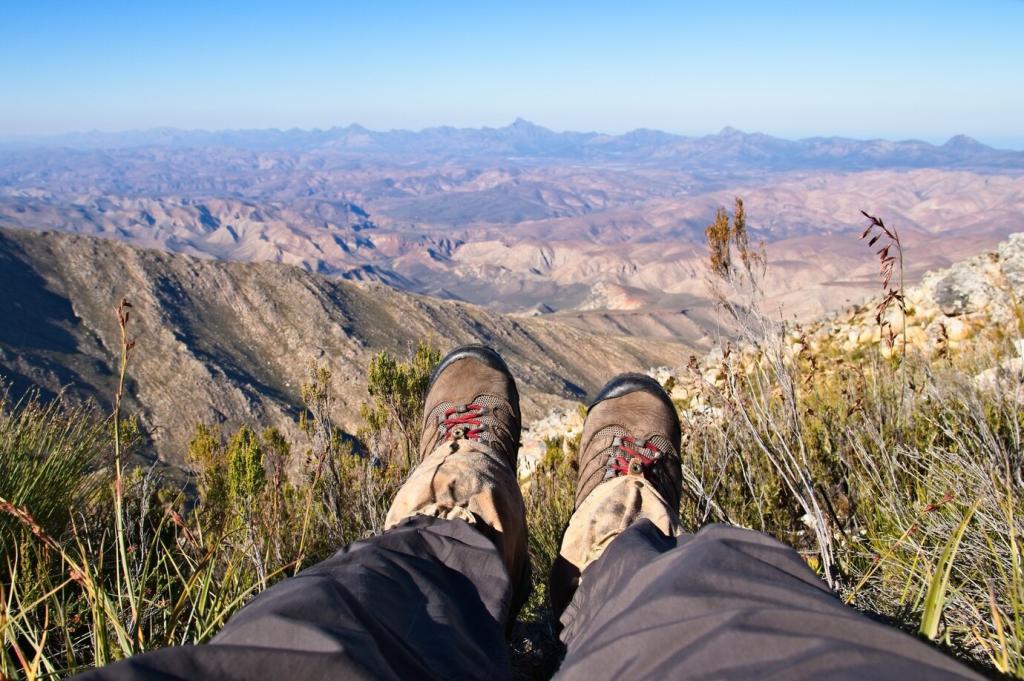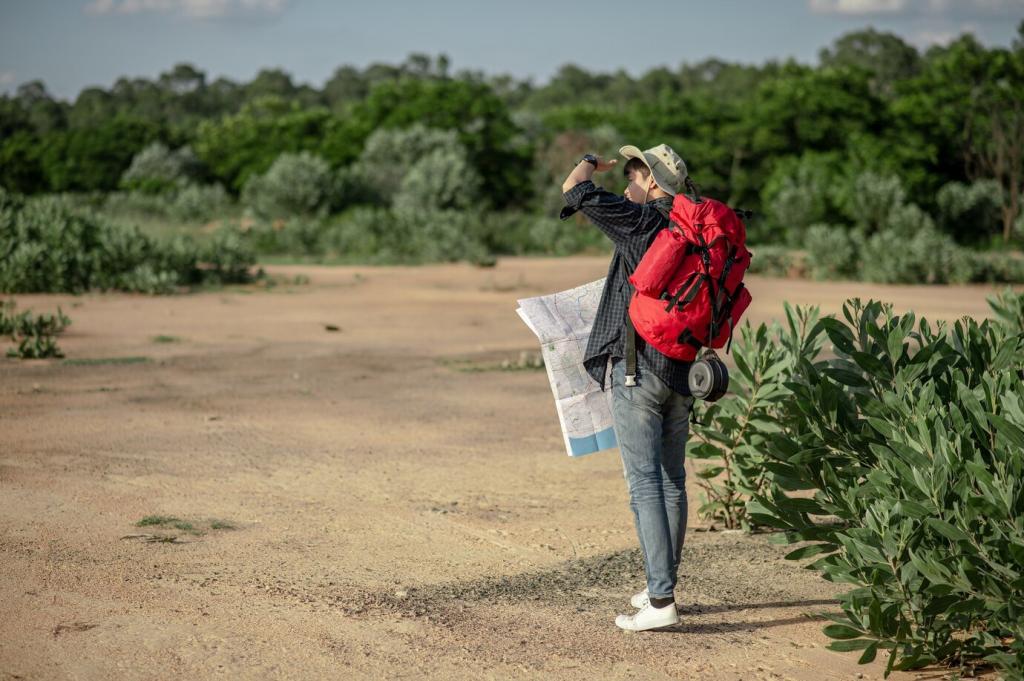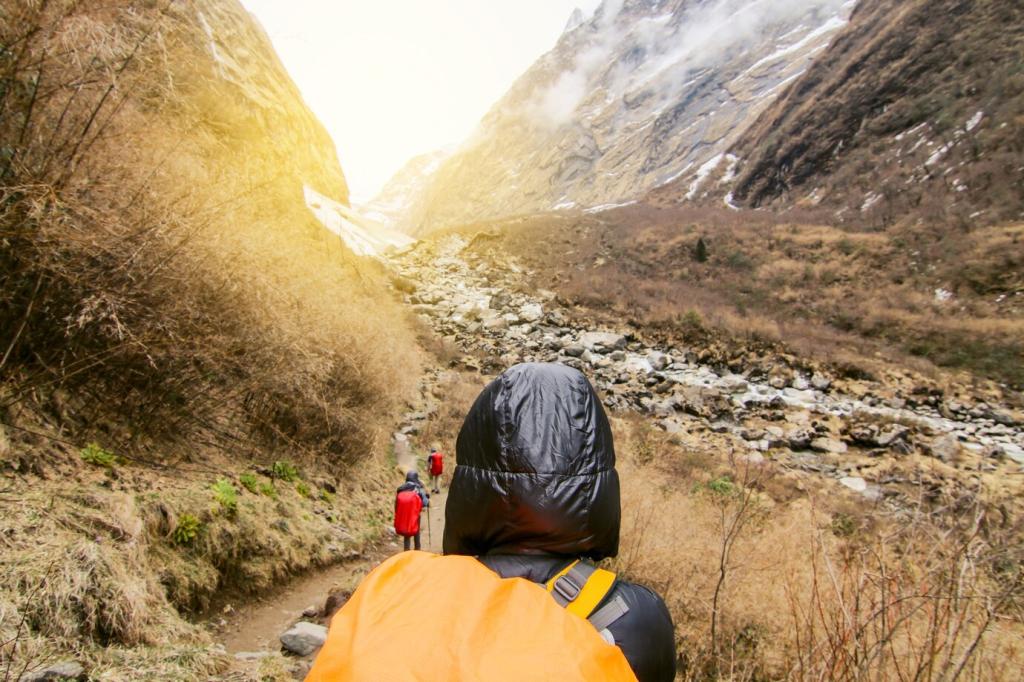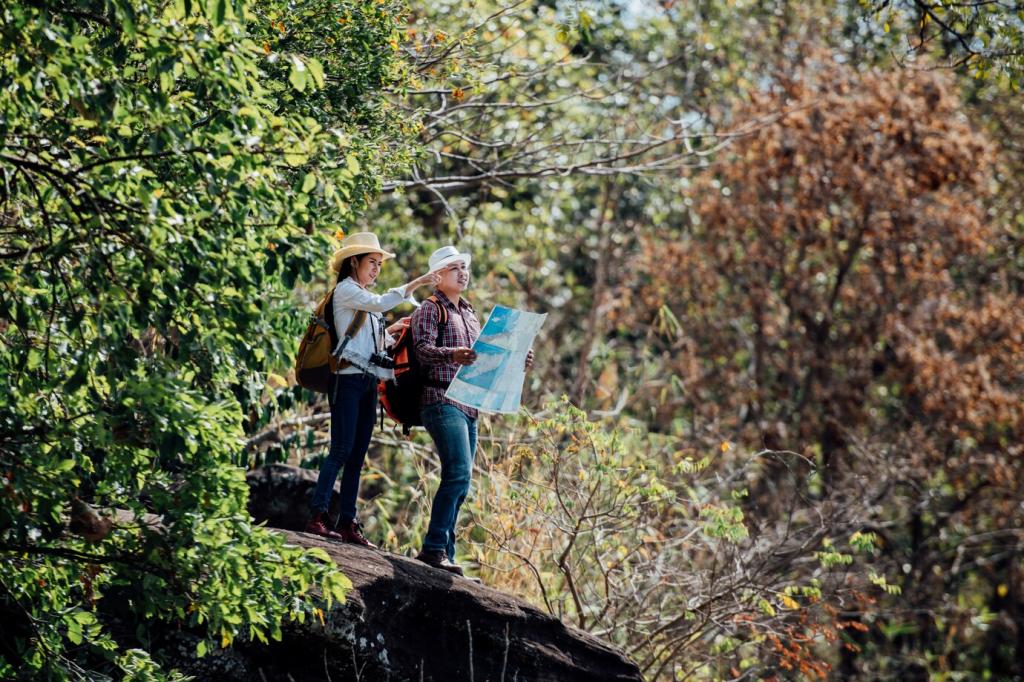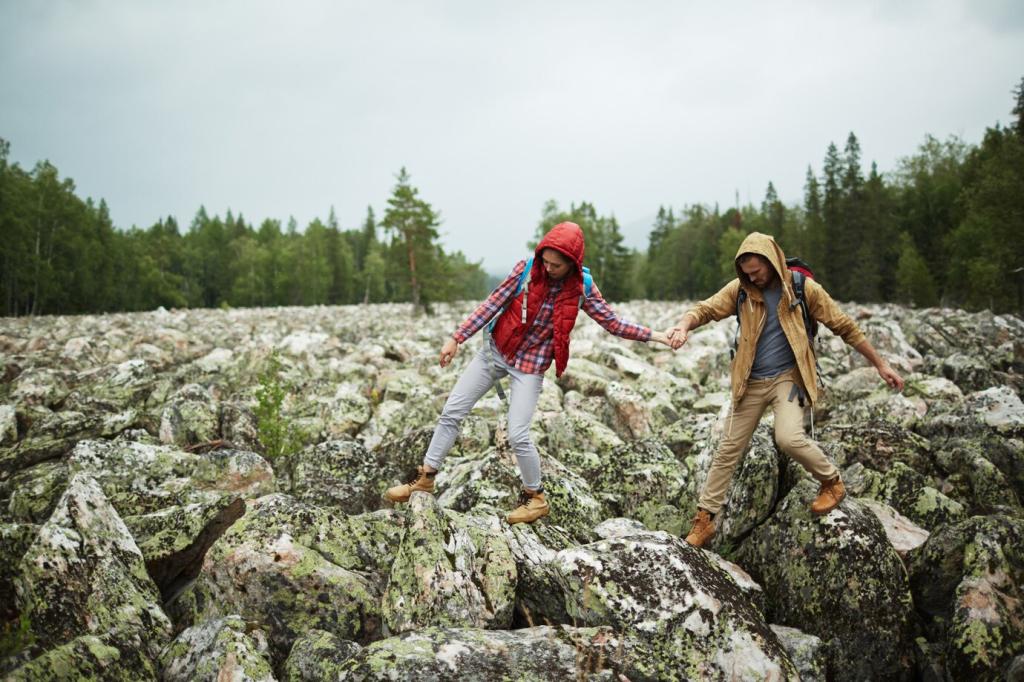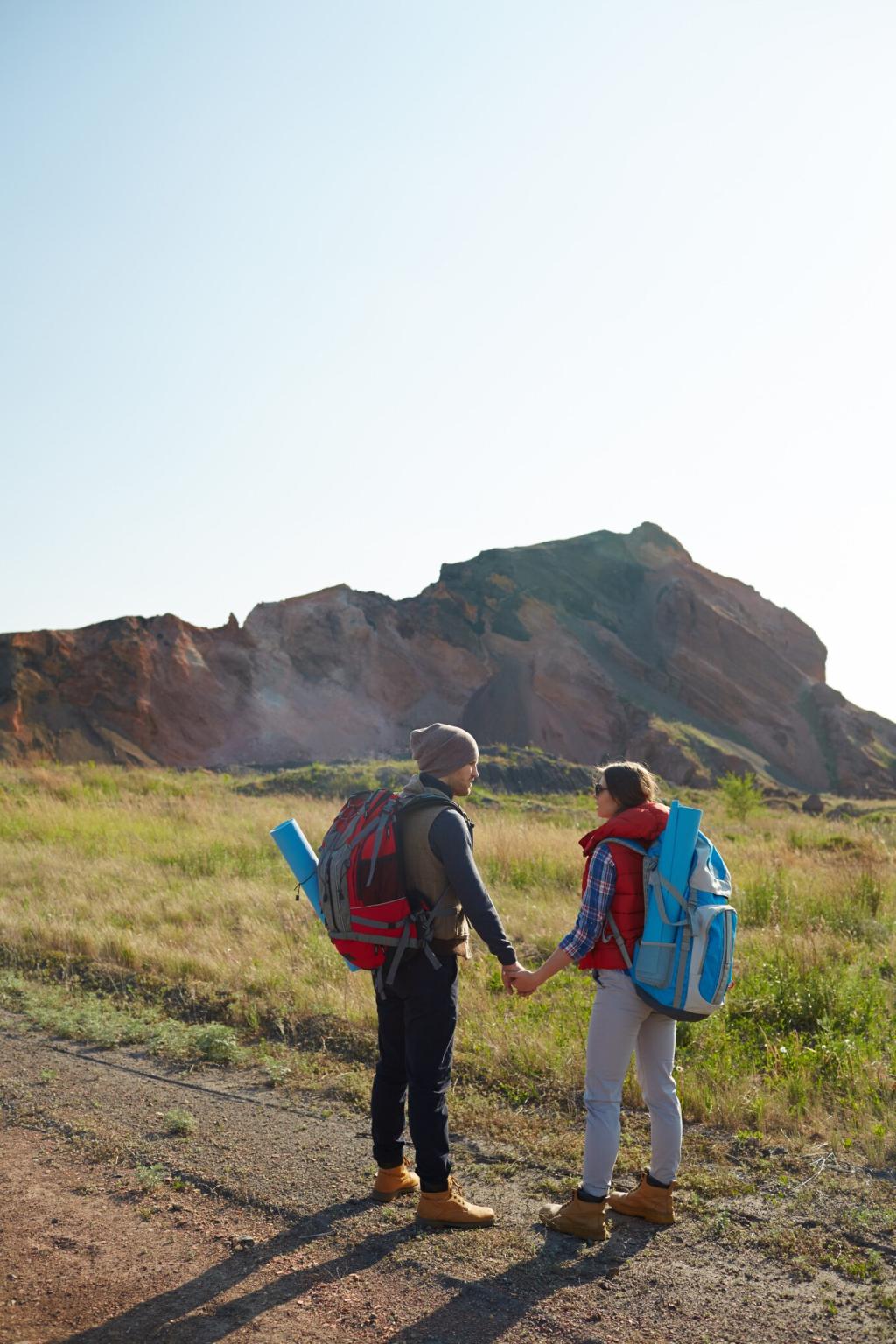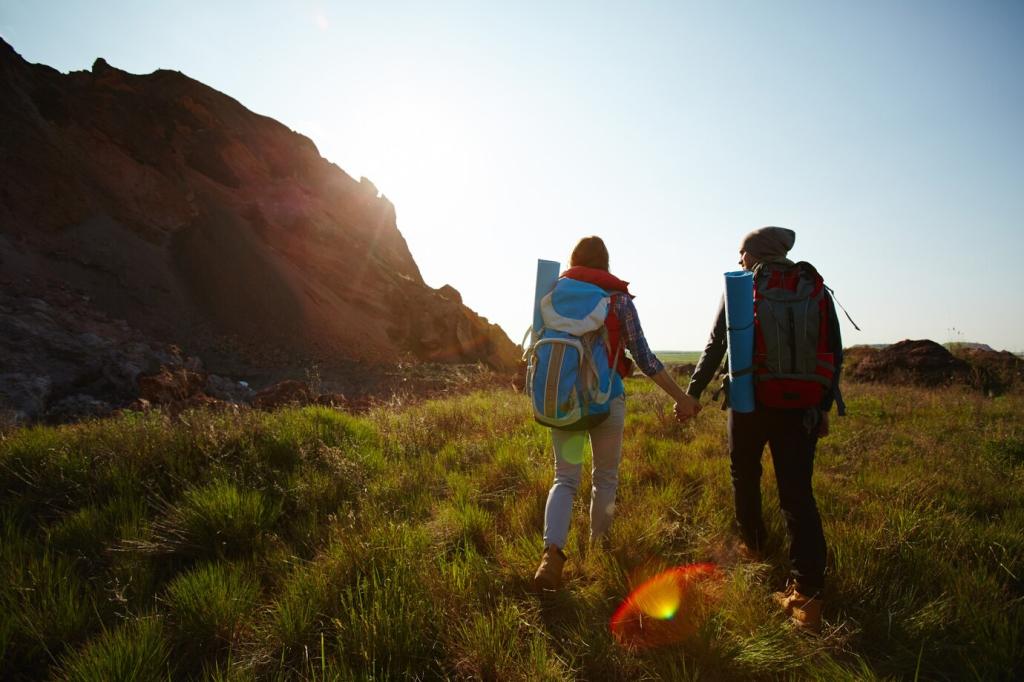Safety and Respect: Ethics That Let Wildlife Stay Wild
Stay at least 25 yards (23 meters) from most wildlife, and 100 yards (91 meters) from bears and wolves. If an animal changes behavior—staring, circling, vocalizing—back away and give more room. Zoom with optics, not your feet, and commit publicly to the 25/100 rule below.
Safety and Respect: Ethics That Let Wildlife Stay Wild
Use bear canisters where required, odor-resistant bags elsewhere, and cook away from camp. Never store snacks in your tent. A hiker once ignored this and woke to a marmot rummaging like a tiny maître d’. Avoid teaching animals bad habits—secure your burritos and your curiosity alike.

